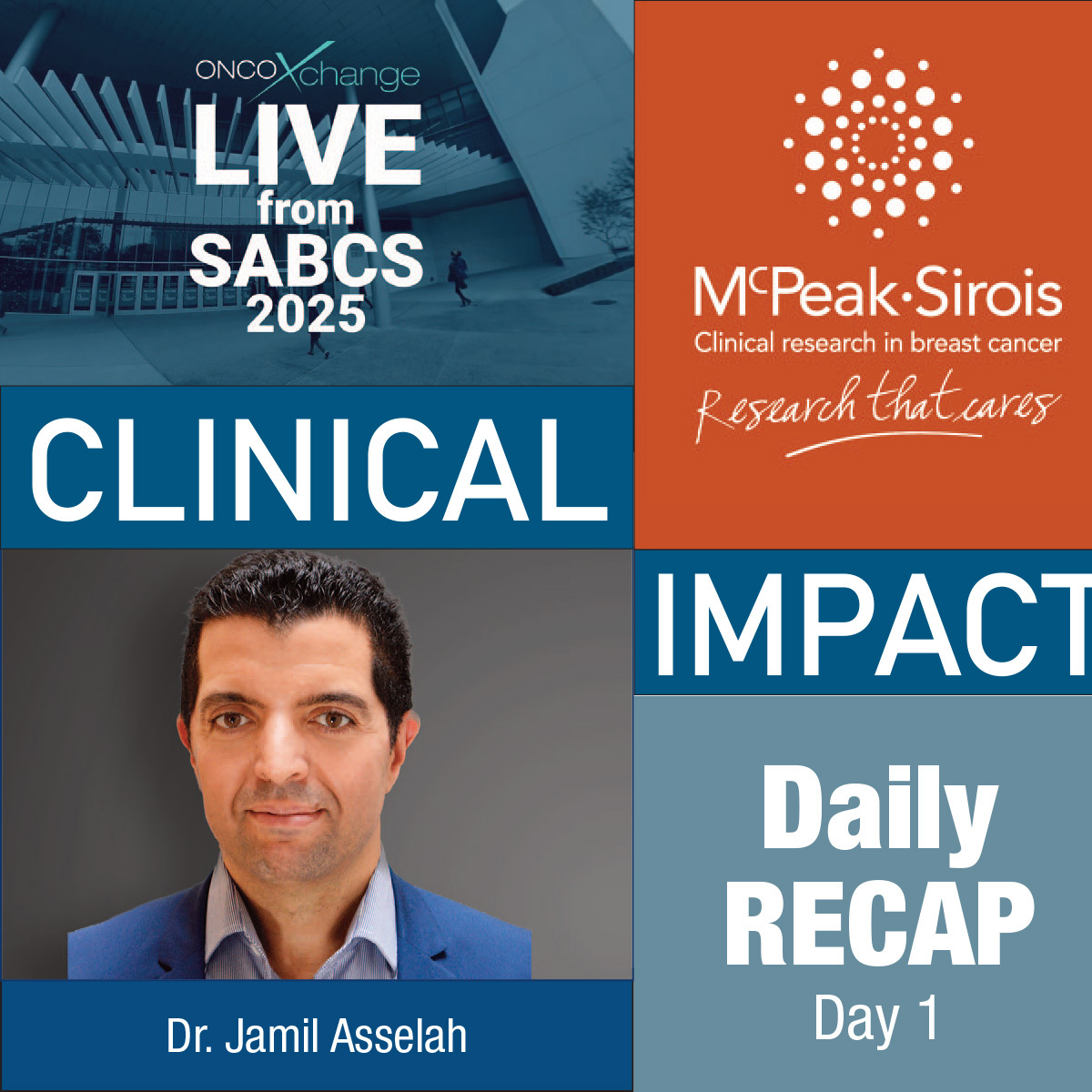
ESMO 2021 - Immunotherapy, CDK4/6 inhibition shown to improve survival in advanced breast cancer
October 2021
By Wayne Kuznar
As first-line treatment in patients with advanced or metastatic breast cancer, pembrolizumab added to chemotherapy improved overall survival (OS) compared with chemotherapy alone in the setting of PD-L1-enriched triple negative breast cancer (TNBC), while ribociclib added to first-line hormonal therapy prolonged survival in postmenopausal women with hormone receptor (HR)-positive, HER2-negative advanced breast cancer, according to late-breaking results presented at the virtual 2021 ESMO Congress.
The final results from the phase 3 randomized, double-blind KEYNOTE-355 study, examining the effect of pembrolizumab plus chemotherapy in patients with metastatic TNBC, were announced by Hope Rugo, MD, professor of medicine, Division of Hematology and Oncology, University of California, San Francisco.
Prior analyses from KEYNOTE-355 showed a significant and clinically meaningful improvement in progression-free survival (PFS) with the addition of pembrolizumab to chemotherapy as first-line treatment of PD-L1-positive metastatic TNBC.
In KEYNOTE-355, 847 patients with de novo or recurrent metastatic TNBC with a disease-free interval ≥6 months after completion of chemotherapy for early-stage disease were randomized 2:1 to pembrolizumab plus chemotherapy or placebo plus chemotherapy. Median follow-up was approximately 44.0 months in both groups.
In patients with PD-L1 expression Combined Positive Score (CPS) ≥10, 70% in the pembrolizumab plus chemotherapy group died, versus 81.6% in the placebo/chemotherapy group (HR, 0.73; P = 0.0093).
Median OS was 23.0 months in the pembrolizumab arm compared with 16.1 months in the placebo arm. The estimated OS at 18 months was 58% versus 45%, respectively. The OS benefit in the cohort with CPS≥10 was consistent across most predefined subgroups, “although it appears that a benefit of pembro/chemo was not observed in patients with a disease-free interval <12 months,” said Dr. Rugo. “Results should be interpreted with caution because of the small sample size and widely overlapping confidence interval.”
In patients with CPS ≥1, the HR for OS was 0.86 in favor of pembrolizumab, with a P value (0.0563) that did not meet the prespecified boundary of 0.0172 for significance. Median OS in this cohort was 17.6 months in the pembrolizumab arm versus 16.0 months in the placebo arm.
In the intent-to-treat (ITT) population, the HR for OS was 0.89 (95% CI, 0.76-1.05). Statistical significance was not tested in the ITT population. Median OS was 17.2 months in the pembrolizumab arm versus 15.5 months in the placebo arm.
There was a trend toward improved efficacy with PD-L1 enrichment that seemed to plateau at a CPS cutoff of 10 in patients treated with pembro/chemo,” she said.
“These results support pembro/chemo as a new standard-of-care treatment regimen for patients with locally recurrent unresectable or metastatic TNBC whose tumors express PD-L1 with CPS≥10,” Dr. Rugo concluded.

Comments (0)